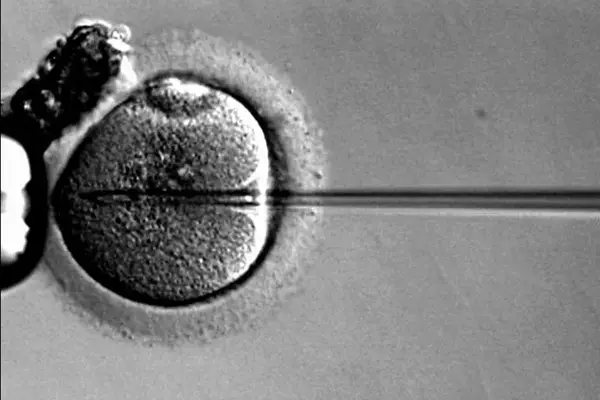Gene therapy includes changing the genes within a person’s cells in order to treat or prevent specific diseases. In the context of blood disorders, gene therapy has shown promise in treating ailments such as sickle cell disease, beta-thalassemia, and certain types of inherited immunological deficiencies.
Through gene therapy, researchers from Michigan Medicine, the Children’s Hospital of Philadelphia, and Penn Medicine are forging new ground in the treatment of blood illnesses such as sickle cell anemia.
Patients must endure high-dose chemotherapy and bone marrow transplantation to be cured of blood diseases. This requires an immune system match between the recipient and donor, yet ~30% of patients do not have one. Even if they do, the donor’s immune system may attack the patient, resulting in graft versus host illness.
Although gene therapy corrects the mutation in a patient’s own cells, chemotherapy and transplantation of one’s own repaired cells are still required. In a single treatment, blood stem cells can be genetically modified while still in the bone marrow, according to new study.
This technology can be used to correct disease cause mutations such as the single mutation that causes sickle cell anemia in ~7.5 million people worldwide, and it can be used to control stem cells using messenger RNA (mRNA).
Michael Triebwasser
Co-first author Michael Triebwasser, M.D., Ph.D., clinical instructor in Pediatric Hematology and Oncology reported, “This is the first time the blood stem cells that create the blood and immune system over our lifetime can be genetically engineered while still in the bone marrow.
“This technology can be used to correct disease cause mutations such as the single mutation that causes sickle cell anemia in ~7.5 million people worldwide, and it can be used to control stem cells using messenger RNA (mRNA). To do this we utilized a type of nanoparticle similar to the Pfizer COVID mRNA vaccine but designed it to find these stem cells specifically.”

The hazards that patients face as a result of gene therapy underline the need for better treatments. Furthermore, removing the necessity for stem cell collection and treatment outside the body can reduce patient expenses while improving access to crucial gene therapies for many patients.
The cost of a recently authorized gene therapy for another blood condition, beta-thalassemia, is $2.8 million.
“When compared to current methods, this approach is highly flexible and has lower toxicity when treating stem cells outside the blood.” It should lead to better approaches for repairing stem cells.”
“The ultimate goal would be to do these same gene corrections while the stem cells remain in the body. This would open the door for cures in resource limited countries where the infrastructure for bone marrow transplantation is not present, and the cost is prohibitive.”
While gene therapy holds promise, there are challenges to overcome. These include ensuring the safety and efficiency of gene delivery methods, avoiding unintended side effects like excessive immune responses, and making the treatment accessible and affordable.
















